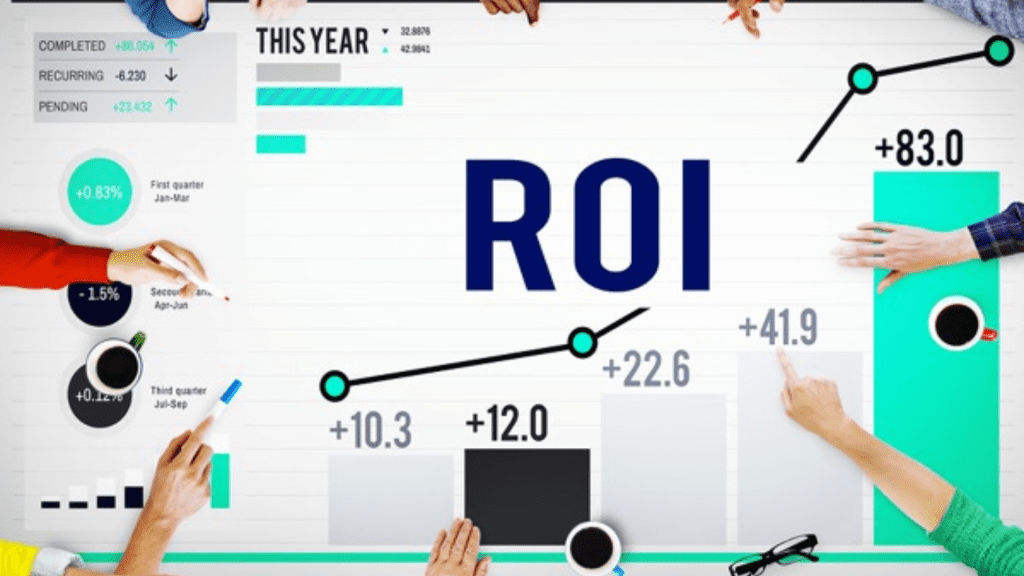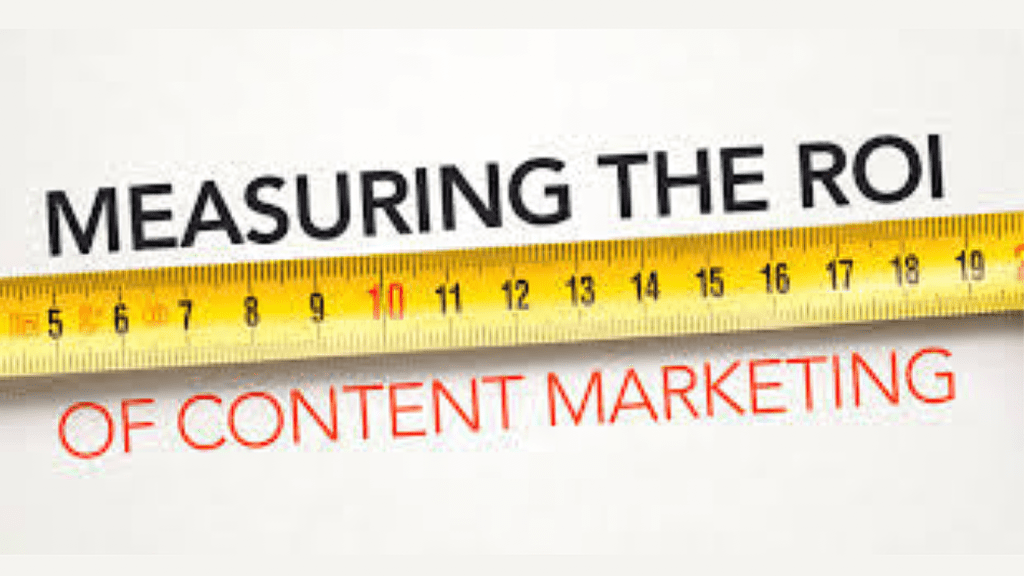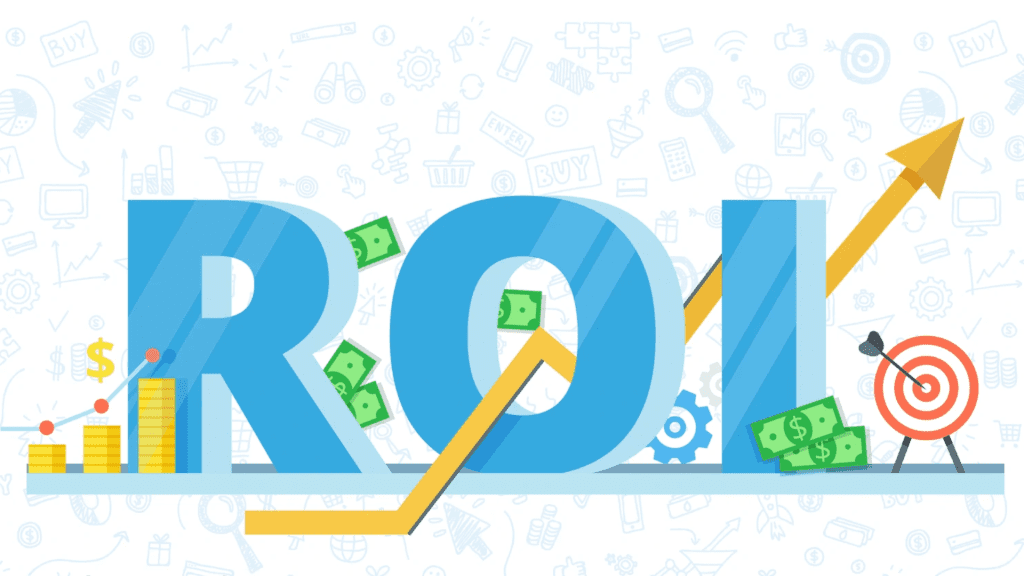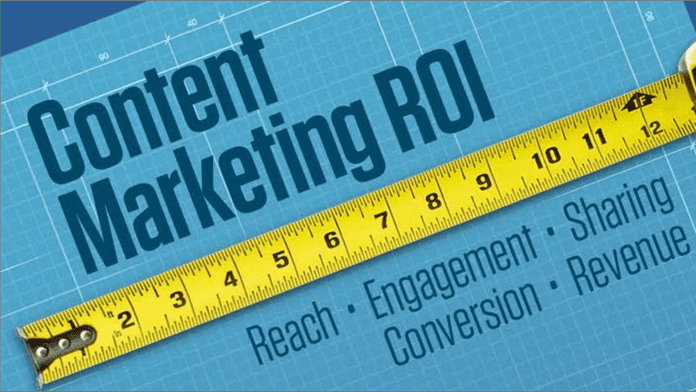In the era of digital marketing, where various techniques compete for attention, content marketing stands tall as a powerful competitor. What genuinely distinguishes it is its potential for demonstrable returns on investment (ROI). In this post, we’ll go into the intriguing realm of content marketing ROI, diving into its relevance, important indicators to monitor, and tactics for maximizing the effect of your content strategy.
The Significance of Measuring Content Marketing ROI:

Why is measuring content marketing ROI so crucial in today’s digital landscape? Simply put, it’s about ensuring that your efforts yield meaningful results. Content marketing, although widely celebrated for its ability to engage, educate, and entertain, should also be accountable for its contributions to your bottom line.
Understanding the ROI of your content marketing efforts allows you to:
- Allocate Resources Wisely: By knowing which content initiatives provide the best returns, you can allocate your resources more effectively. This means investing in strategies that work and optimizing or discontinuing those that don’t.
- Demonstrate Value: Demonstrating the impact of your content strategy enables you to convey its value to stakeholders, clients, or your own team. It solidifies content marketing as a measurable and results-oriented practice.
- Improve Strategy: Armed with data-driven insights, you can refine your content strategy continuously. Identifying what resonates with your audience helps you create more engaging and conversion-focused content.
Key Metrics for Measuring Content Marketing ROI:

To gauge the ROI of your content marketing efforts, you need to identify and track key performance indicators (KPIs) that align with your goals. Here are some essential metrics to consider:
- Conversion Rate: This metric tracks the percentage of visitors who take a desired action, such as signing up for a newsletter, making a purchase, or filling out a contact form after engaging with your content.
- Customer Acquisition Cost (CAC): CAC measures how much it costs to acquire a new customer through your content marketing efforts. Divide your content marketing spend by the number of new customers acquired within a specific timeframe.
- Customer Lifetime Value (CLV): CLV quantifies the long-term value a customer brings to your business. Calculate it by estimating how much revenue a customer will generate over their entire relationship with your brand.
- Lead Generation Metrics: Track metrics like the number of leads generated, lead quality, and lead-to-customer conversion rates. This helps you assess the effectiveness of your content in the sales funnel.
- Traffic Sources: Analyze where your website traffic is coming from. Are your content marketing efforts driving organic search traffic, social media referrals, or direct visits?
- Content Engagement Metrics: Monitor metrics like time on page, bounce rate, and social shares. These indicators offer insights into how engaging and relevant your content is to your audience.
- Return on Investment (ROI): Calculate the ROI by subtracting your content marketing costs from the revenue generated from content-related activities. Divide this result by your content marketing costs.
- Customer Retention Rate: Assess the ability of your content to retain existing customers. High-quality, valuable content can enhance customer loyalty.
Strategies for Maximizing Content Marketing ROI:

- Set Clear Goals: Establish specific, measurable, achievable, relevant, and time-bound (SMART) goals for your content marketing campaigns. Having clear objectives from the outset helps in accurate measurement.
- Content Mapping: Map your content to different stages of the buyer’s journey. Create content that caters to each stage, from awareness and consideration to decision-making.
- A/B Testing: Continuously test different elements of your content, such as headlines, images, and calls to action, to identify what resonates best with your audience.
- Personalization: Use data-driven insights to tailor content to individual preferences and behaviors. Personalized content often leads to higher engagement and conversion rates.
- Content Repurposing: Maximize the value of your content by repurposing it into different formats (e.g., blog posts into videos or infographics). This extends the content’s reach and ROI potential.
- Data Analysis Tools: Invest in analytics tools to track and analyze your content performance. Tools like Google Analytics, social media insights, and marketing automation platforms provide valuable data.
- Continuous Improvement: Regularly review your content marketing strategy based on ROI data. Adjust your approach, allocate resources efficiently, and optimize content accordingly.
Measuring content marketing ROI is both an accountability exercise and a road to development and success. It gives you the ability to make data-driven decisions, improve your strategy, and guarantee that your content initiatives contribute significantly to your business goals.
Remember that measuring and optimising content marketing ROI is a dynamic process as you begin on it. To realise the full potential of your content marketing strategy, stay nimble, adapt to shifting trends, and experiment. Finally, you can take your business to new heights in the digital realm by understanding and exploiting the ROI of your content.




